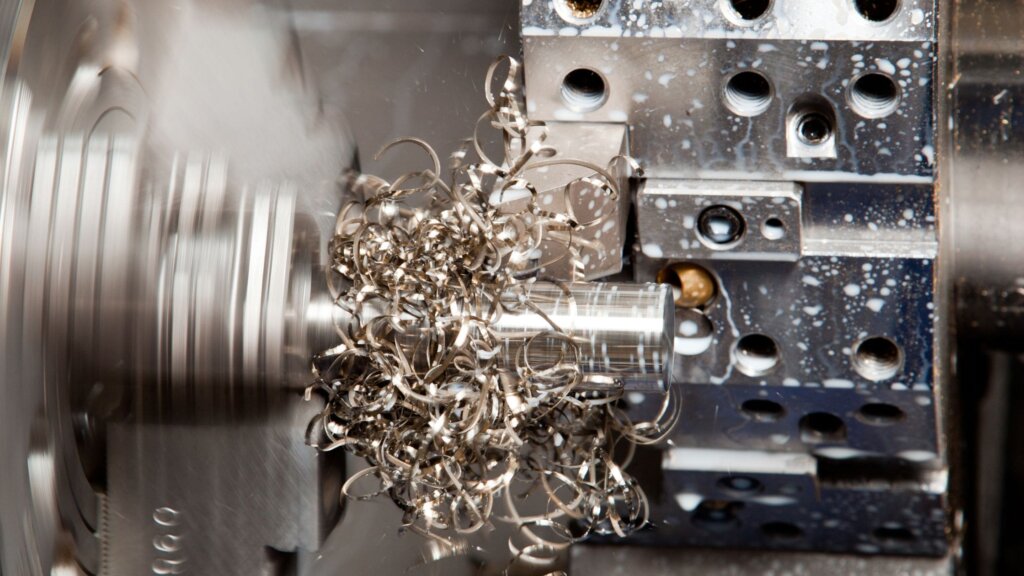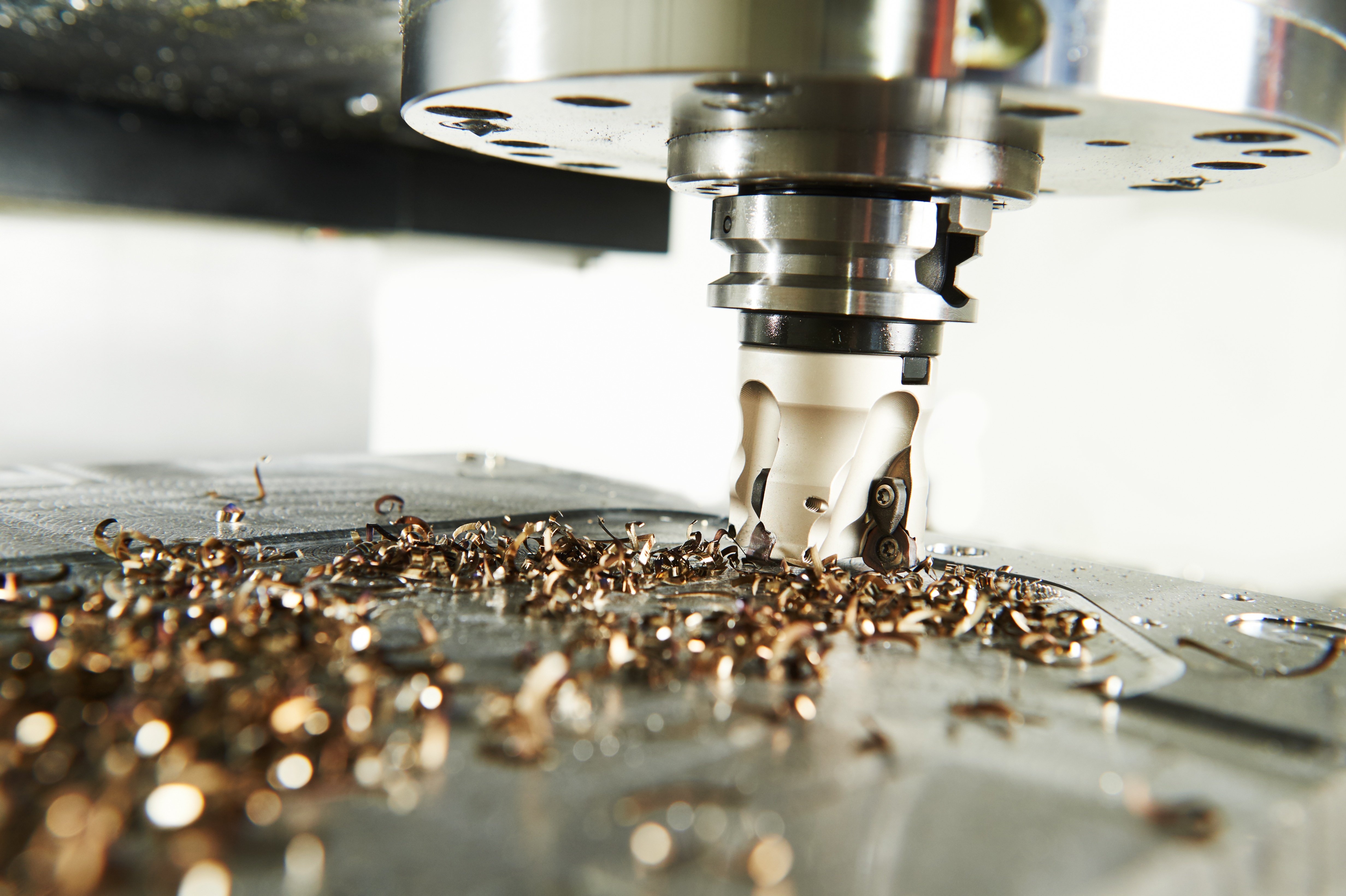Fasteners and Machining: Improving the Manufacturing Process
Fasteners and Machining: Improving the Manufacturing Process
Blog Article
Grasping the Art of Bolts and Machining: Advancements and Ideal Practices
In the realm of commercial production and design, the mastery of fasteners and machining is a foundation of ensuring structural honesty, capability, and durability in different applications. As technology advances and needs for efficiency and precision increase, staying abreast of the most up to date technologies and finest techniques in attachment and machining ends up being imperative. From the advancement of securing technologies to the ins and outs of selecting the most ideal products, the landscape of contemporary manufacturing is constantly developing. Join us as we discover the current innovations and dive right into the nuanced world of grasping fasteners and machining, uncovering vital understandings and approaches that can raise your strategy to design remedies.
Evolution of Attachment Technologies
Throughout the commercial revolution and into the contemporary age, the evolution of attaching innovations has actually been marked by continuous developments in performance and integrity. Bolts, such as screws, rivets, and screws, play a crucial duty in numerous markets, consisting of auto, aerospace, building and construction, and electronic devices. The need for stronger, more long lasting, and easier-to-install attachment options has driven development in the area.
One significant growth has actually been the change towards accuracy machining strategies to create bolts with greater resistances and exceptional efficiency. This shift has made it possible for manufacturers to produce bolts that meet stringent high quality criteria and offer enhanced resistance to deterioration and tiredness.
Moreover, the intro of advanced products, such as titanium alloys and composites, has transformed the capacities of fasteners. Fasteners and Machining. These materials give outstanding strength-to-weight proportions, making them ideal for applications where minimizing weight is important without compromising structural honesty
Advancements in Machining Approaches
In the world of commercial production, the constant advancement of machining approaches has actually paved the method for extraordinary accuracy and performance in the production of fasteners. Among the significant developments in machining techniques is the use of Computer Numerical Control (CNC) technology. CNC devices supply unmatched precision and repeatability by permitting automated control of machining tools. This specific control allows suppliers to produce facility and intricate bolt layouts effortlessly.

Furthermore, the adoption of multi-axis machining centers has enabled synchronised reducing operations from different angles, further improving performance and decreasing manufacturing times. By utilizing these innovative machining techniques, manufacturers can meet the boosting need for premium bolts while maintaining cost-effectiveness in their procedures.
Picking the Right Bolt Materials
Selecting the ideal product for fasteners view it is a critical decision that considerably influences the efficiency and durability of the set up elements. When picking the best bolt material, a number of elements need to be considered to make certain the resilience and integrity of the final item. The product selected must be suitable with the environmental problems the fasteners will be subjected to, such as temperature variations, wetness degrees, and destructive components.
Common materials utilized for bolts consist of stainless steel, carbon steel, titanium, and aluminum, each offering special residential or commercial properties that suit various applications. Stainless steel, for instance, is known for its corrosion resistance, making it ideal for aquatic or outside settings. Carbon steel is an affordable choice appropriate for numerous general-purpose applications. Aluminum is lightweight and usually made use of in sectors where weight is an essential factor. Titanium, on the other hand, is corrosion-resistant and extremely strong, making it ideal for high-performance applications.
Enhancing Precision in Machining
Attaining optimum precision in machining is crucial for making sure the top quality and efficiency of machined components. Precision in machining refers to the capacity to continually produce parts within tight resistances and with high accuracy. To improve accuracy in machining, suppliers use a variety of innovative methods and innovations. One secret approach is utilizing Computer Numerical Control (CNC) machines, which offer superior accuracy and repeatability contrasted to traditional hands-on machining methods. CNC machines are programmable and can execute intricate machining procedures with minimal human intervention, leading to higher accuracy levels.
In addition to CNC machining, the use of sophisticated cutting devices and device holders can additionally dramatically improve accuracy. Premium cutting tools with advanced finishings reduce rubbing and wear, leading to much more precise cuts and dimensional accuracy. Executing strict top quality control steps throughout the machining procedure, such as normal examinations and calibration of devices, helps preserve regular precision levels. try this web-site By prioritizing accuracy in machining, suppliers can accomplish premium product quality, tighter tolerances, and improved total performance of machined components.

Ideal Practices for Bolt Installation
Precision in machining plays an important duty in making sure the dependability and durability of fastener setups. When it comes to best practices for bolt setup, one vital facet is the correct choice of fasteners based on the specific application demands.
Additionally, making sure that the fastener threads are tidy and totally free of particles before installation is crucial to achieving a safe and effective connection. Utilizing thread-locking compounds or washers can additionally boost the security of the fastener assembly. Normal evaluations and upkeep of bolts post-installation are recommended to identify any kind of prospective problems early on and stop pricey repair services or substitutes in the future. this By sticking to these best techniques, makers can maximize the integrity and efficiency of their fastener installments.
Conclusion
By picking the ideal bolt products and boosting precision in machining, manufacturers can achieve optimum outcomes in their procedures. In general, grasping the art of fasteners and machining involves constant technology and adherence to best methods.
In the world of industrial manufacturing, the continuous development of machining approaches has actually led the way for unmatched accuracy and performance in the production of fasteners.Precision in machining plays a critical role in guaranteeing the dependability and long life of fastener installments. When it comes to best practices for bolt setup, one vital element is the appropriate option of bolts based on the particular application demands. By choosing the ideal fastener products and boosting accuracy in machining, producers can attain ideal outcomes in their operations. Generally, grasping the art of bolts and machining involves continuous advancement and adherence to best practices.
Report this page